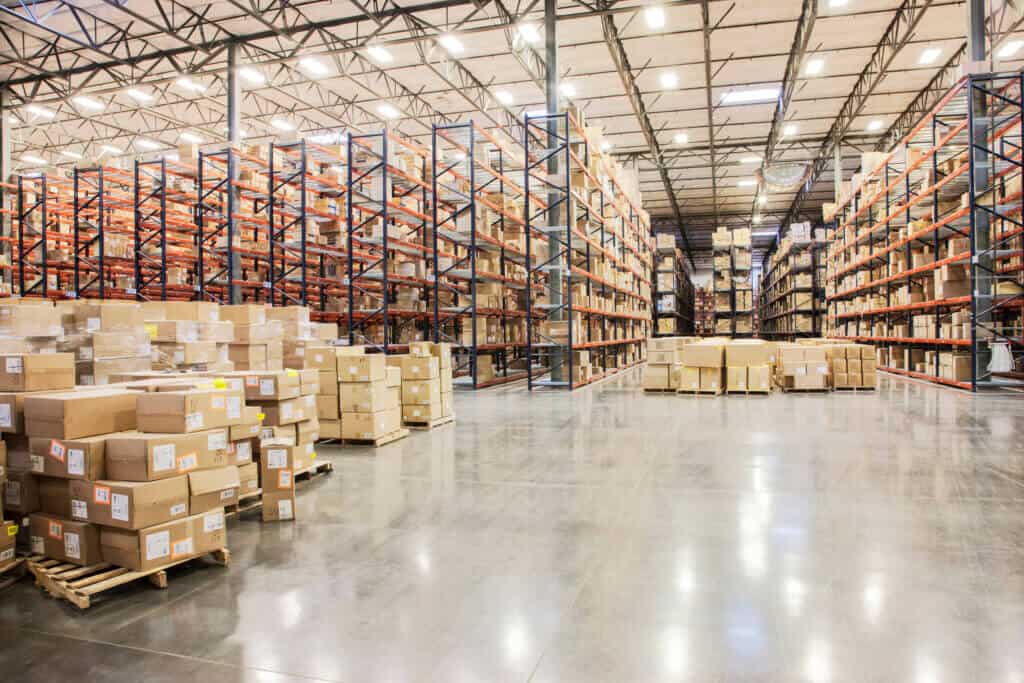
Leveraging duty programs
Duty savings opportunities come in many forms, including preferential trade programs, customs warehousing programs (known as Foreign-Trade Zones in the United States) and Duty Drawback. Unfortunately, many companies fail to take advantage of these programs due to the perceived difficulties of qualifying for them and managing the administrative tasks involved. For most of the programs, you must prove that goods qualify for duty preference, and you must generate and maintain supporting records to prove eligibility. At times you must also file for refunds from customs agencies. Most companies prefer to hire a professional customs broker to execute these processes to ensure accuracy. However, outsourcing means additional costs plus a loss of visibility over these key, complex processes and greater difficulty maintaining the required records.
For example, the U.S. Duty Drawback program essentially provides a refund of duties, fees and taxes paid on goods imported into, and subsequently exported out of, the country. There are several different scenarios where Duty Drawback is utilized, but the most common are manufacturing and unused merchandise. Let’s start with the latter because it’s more straightforward:
- Unused merchandise Duty Drawback applies when an imported product is exported in the same unused condition. Nothing was altered, and it wasn’t used as a component in a finished good that was exported. For example, if you import seat cushions and then export them again without changing them, you can claim a refund for the duty you paid when you export the seat cushions.
- Manufacturing Duty Drawback applies when you import an item that is then manufactured into a different item. For example, if you import seat cushions and export snowmobiles, you can get the duty you paid for the seat cushions refunded when you export the finished snowmobiles.
Benefits of automating duty trade programs
E2open’s Customs Filing application integrates data from multiple sources to simplify and automate duty trade program qualification and administration processes, including the management of customs warehouses and Foreign-Trade Zones.
- Our duty management solution helps you take advantage of cost savings by making critical activities easy:
- Automate the supplier solicitation, qualification and certificate management processes involved in preferential trade programs for importers and exporters
- Maintain audit trails of preferential claims and how they were achieved by associating certifications with products
- Manage Foreign-Trade Zones, including electronic filing capabilities (Permit to Transfer [PTT], EDI 214, In-Bond and Form 7512)
- Identify opportunities to recover duties and fees previously paid to U.S. Customs
- Support unused merchandise and manufacturing Duty Drawback claims
- Maintain supporting documents for all transactions
Optimizing margins with automation
Effective duty management requires a shift in methodology and software automation to ease the burden of detailed product qualification. With technology, the comparison of regulatory tariffs and product bills of materials (BOMs) can not only help you establish a more cost-efficient supply chain through better program management, but it can also help you identify global sourcing options in the early stages of product design and development to determine if duty savings opportunities can be leveraged.
To Learn More about duty management programs and how to tap into their savings potential, visit our Global Trade application suite.




